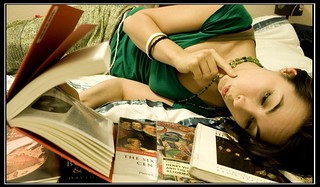Over the past 13 years and 25,000 Physical Therapy sessions, I have treated many patients who are afraid to move through pain. Let's consider the patient with chronic pain who has had pain for more than five years related to a work injury or a car accident. There is no question that they are experiencing pain, and in some cases they have severe pain. But some individuals get into the habit of fearing pain and therefore fearing any movement that causes pain. These people sometimes stop moving altogether.
Have you met people who are sedentary all day? They can't work because they are disabled or retired or any other reason, and they literally can't, won't or don't do anything. They sit down or lie down all day. They only leave the house for doctor visits. They don't go out for leisure or social time or hobbies or anything at all.
I encouraged a patient today to just start walking, even if it is for a few minutes at a time. Of course, she voiced concern that it makes her back hurt. So I explained that a walking program is not going to make her back worse overall. She will not gain more damage to her spine by walking, but she will cause more damage by the overall lack of movement of her spine.
To clarify, this is not referring to patients with a brand new back injury or current flare-up. Most of you know someone who has "thrown his/her back out." In that situation, there may be a few days or weeks in which he/she can barely walk and cannot stand up straight. I would not tell that patient to start a walking program today.
However, if someone you know has chronic pain but has stopped moving for many months or years, he/she likely needs physical activity. If you are not sure where to start or what movements are safe, come see your local Physical Therapist!






